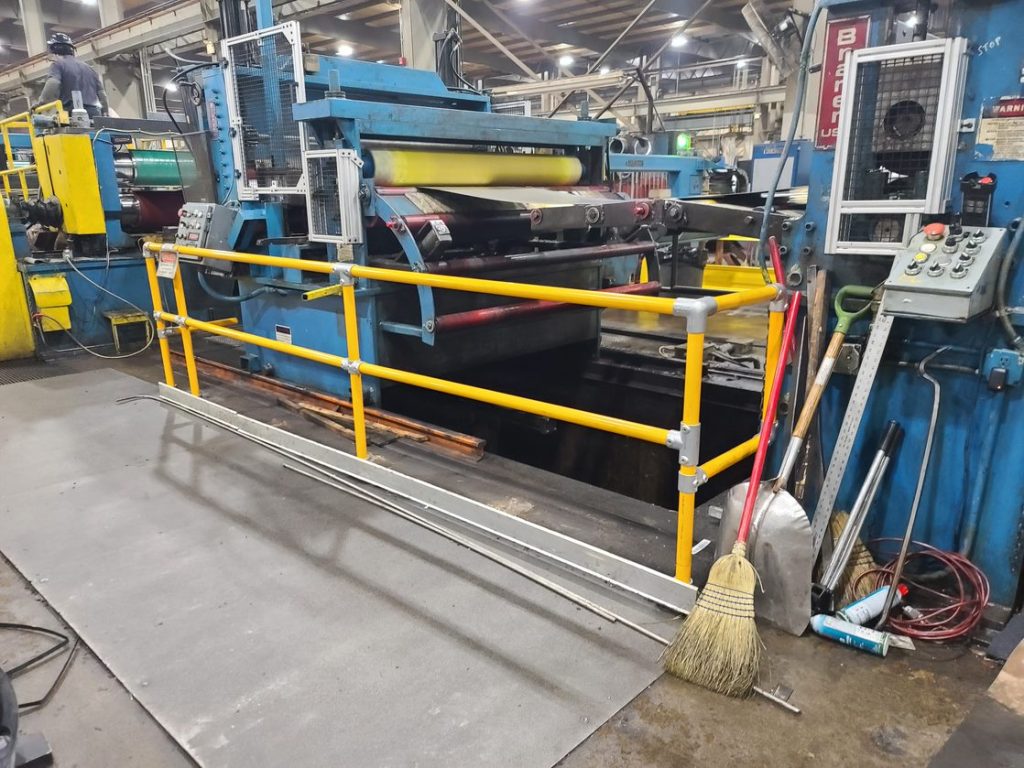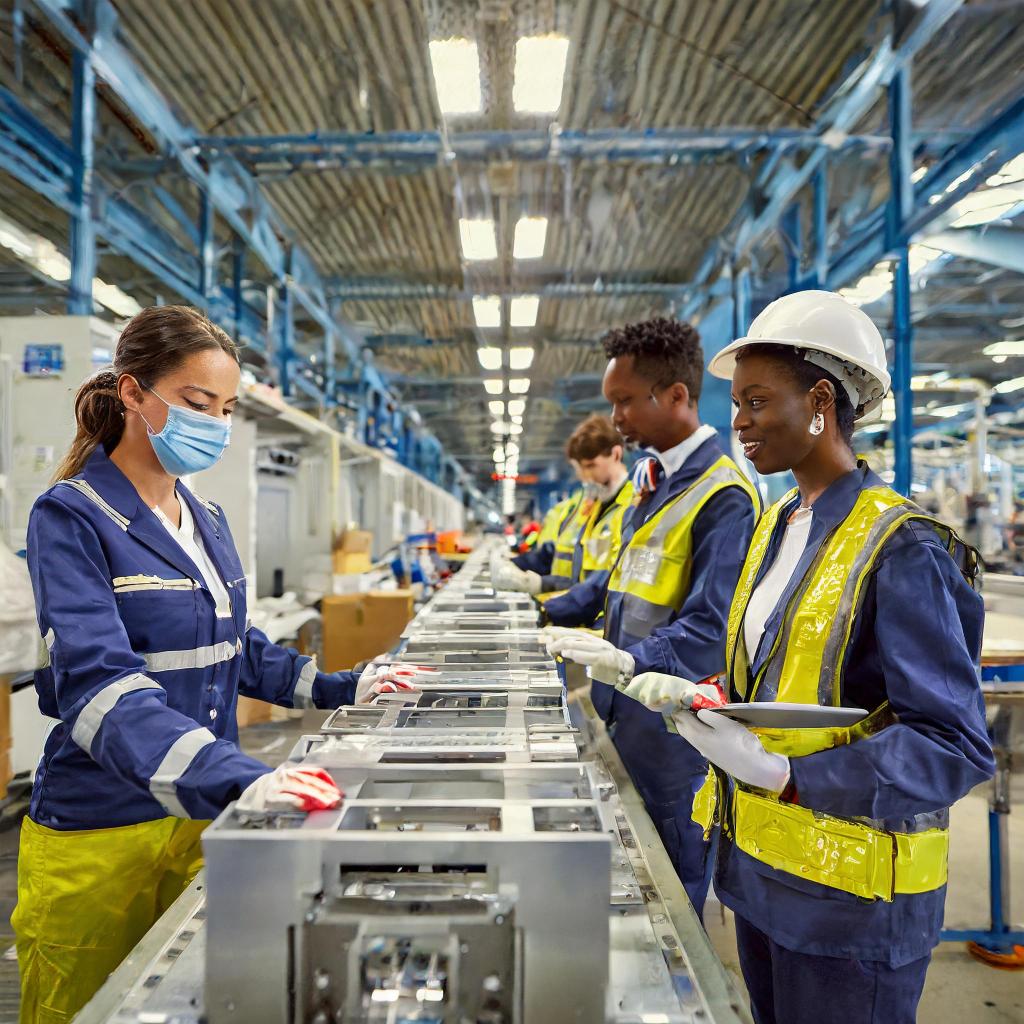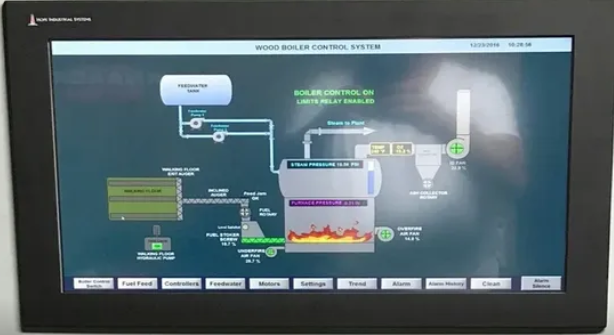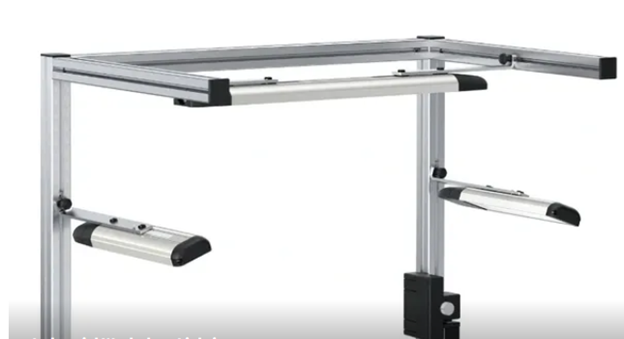Handrails and safety gates play a pivotal role in ensuring the safety of employees within a manufacturing facility. These safety features are not merely add-ons but are critical components of a comprehensive safety strategy that protects employees from hazards and minimizes the risk of accidents. In this essay, I will delve into the importance of handrails and safety gates in a manufacturing environment and how they contribute to keeping employees safe.
Handrail Importance
- First and foremost, handrails serve as a fundamental safety measure to prevent falls and provide support for employees navigating elevated platforms, stairways, and walkways within the facility. In a manufacturing setting where workers may be required to work at heights or move between different levels, handrails offer stability and balance, reducing the likelihood of slips, trips, and falls. These accidents can result in severe injuries, ranging from sprains and fractures to head trauma or even fatalities. By providing sturdy handrails along elevated areas such as staircases, platforms, and mezzanines, manufacturing facilities create a physical barrier that helps workers maintain their balance and prevents them from accidentally stepping or leaning over the edge.
- Moreover, handrails also facilitate safe movement and ergonomics in the workplace. They offer employees something to hold onto while navigating narrow or crowded passageways, especially in areas where heavy machinery or equipment is in operation. This not only enhances stability but also allows workers to maintain proper posture and reduce the strain on their muscles, thereby minimizing the risk of musculoskeletal injuries such as strains, sprains, and repetitive motion injuries.
- In addition to handrails, safety gates are another essential safety feature in manufacturing facilities that serve to protect employees from hazardous areas and potential accidents. Safety gates are typically installed at entrances to restricted zones, machinery areas, loading docks, and other hazardous locations where there is a risk of injury from moving parts, falling objects, or chemical exposure. These gates act as physical barriers that restrict access to authorized personnel only, preventing unauthorized entry and reducing the likelihood of accidents caused by inadvertent exposure to dangerous machinery or materials.
Safety Gate Importance
- One of the primary functions of safety gates is to control pedestrian and vehicular traffic flow within the facility, ensuring that employees and visitors are directed away from hazardous areas and toward safe pathways. By clearly delineating designated walkways and traffic lanes, safety gates help minimize the risk of collisions between pedestrians and mobile equipment such as forklifts, pallet jacks, and industrial vehicles. This not only protects employees from being struck or run over but also prevents damage to equipment and materials, thereby enhancing both safety and productivity in the workplace.
- Furthermore, safety gates play a crucial role in complying with regulatory standards and industry guidelines pertaining to workplace safety. Regulatory agencies such as the Occupational Safety and Health Administration (OSHA) in the United States mandate the implementation of safety measures, including the use of handrails and safety gates, to mitigate the risk of accidents and ensure the well-being of workers. Failure to adhere to these regulations can result in costly fines, legal liabilities, and reputational damage for manufacturing companies. Therefore, by investing in proper safety infrastructure such as handrails and safety gates, organizations demonstrate their commitment to compliance and prioritize the safety and welfare of their employees.
In conclusion, handrails and safety gates are indispensable safety features in manufacturing facilities that play a vital role in protecting employees from accidents and injuries. By providing stability, support, and physical barriers, these safety measures help prevent falls, control access to hazardous areas, and promote safe movement within the workplace. Moreover, they contribute to regulatory compliance, enhance productivity, and safeguard the well-being of workers, ultimately fostering a safer and more secure environment for all stakeholders involved in the manufacturing process. As such, handrails and safety gates should be regarded not just as optional amenities but as essential components of a comprehensive safety program that is integral to the success and sustainability of any manufacturing operation.






Leave a comment